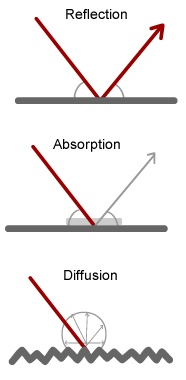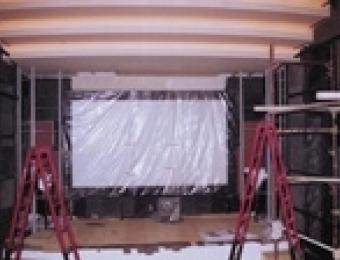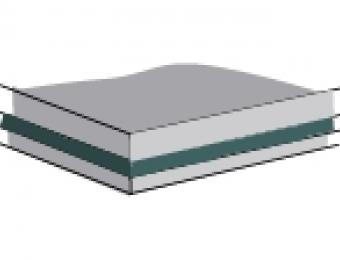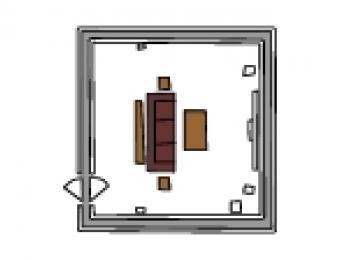
How does sound work?
Sound travels as a longitudinal wave - a wave that causes air to compress and expand in the same direction as it travels. A sound will vibrate the particles in a material, whether it is a gas, liquid or solid, losing a little bit of kinetic energy with each further movement.
The most effective method of stopping sound from travelling is by putting some kind of vacuum in its path. Sound works by compressing and vibrating matter, and in a vacuum there's nothing to compress or vibrate. This is why in space, no-one can hear you scream! Any given material will pass on a small amount of the wave to some extent, and the greater the distance it is passed, the less noisy the sound is on the other side of the material.
The frequency of the sound wave, without getting technical, is the measure of how high or low the sound appears to the listener. Deeper sounds like bass from a stereo are low frequency, higher sounds such as speech are around the mid to high level frequency range.
What are reflection, diffusion and absorption of sound?
A sound wave can be controlled in one of three different ways – it can be reflected, diffused or absorbed. Each of these reactions will depend entirely on the nature and composition of the material it comes into contact with, and each can be used to some extent in soundproofing. Below is a brief explanation of what happens in each case.
- Reflection
Sound is bounced off a surface. This usually occurs on flat, rigid surfaces with a lot of mass like concrete or brick walls. Because the sound wave can't penetrate very far into the surface, the wave is turned back on itself like a ricochet. The sound bouncing back off the surface creates an echo. - Diffusion
When a sound wave hits an irregular surface like foam or carpet, the vibration breaks up and travels along many much smaller paths. This divides the energy of the wave, sending it in many different directions which depletes its energy faster. - Absorption
When a sound wave hit a particular surface, the kinetic energy driving it is converted into a small amount of heat energy which dissipates, leeching power from the sound wave and causing it to decaying faster. This is the kind of sound insulation provided by things like foam and rubber. How well a material absorbs sound depends on a number of different factors, including material density and how porous it is.
Which is the most effective method of soundproofing?
The answer to this largely depends on the type of sound you're trying to block out - or keep in. The most effective method is by creating a vacuum seal all around the room, but obviously this isn't an affordable or practical option in most homes.
Reflection is often used to redirect noise from outside - consider highway barriers, which reflect traffic noise into the sky. If you can always control the way sound is reflected then this type of soundproofing can be effective. Reflective barriers are a good way to block out exterior noise.
Diffusion is a great way to prevent echoes, dispersing the sound wave in all directions when it hits an irregular surface. Think about how much of a difference carpet or a wall rug can make in a brick or concrete room. This method is very effective for high to medium frequencies, as the vibration strength is less than that of a low frequency sound, and therefore easier to disperse.
Absorption performance varies a lot based on the frequency of sound and the absorptive capabilities of the material. A commonly used sound absorber is the underlay in carpet; this works to draw energy from the sound wave and convert it into a tiny amount of heat, creating that ‘deadening’ of a sound. Absorption works best in mid to high frequencies - lower frequency sounds can push through with more force.





